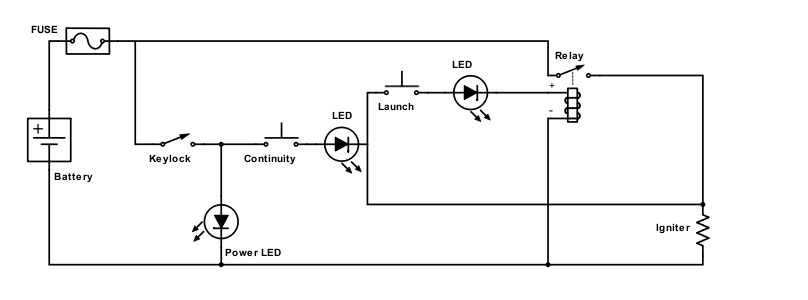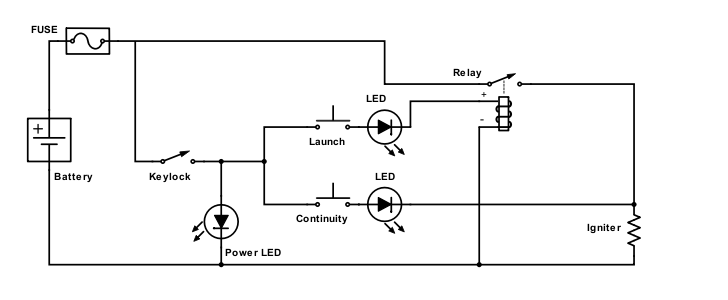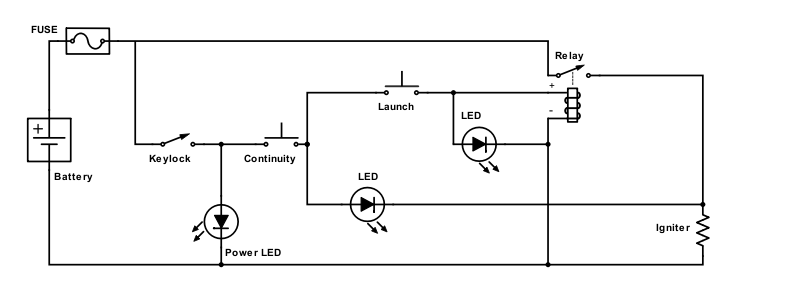My first post here.
I'm getting back into rockets after a 30 plus year hiatus.
I want to make my own launch controller, and have found all the parts that I need, except for a push button momentary on switch for the launch button.
Most of the ones I have found are only rated 3a at 12vdc.
What have you guys used for a push button launch switch?
I'm getting back into rockets after a 30 plus year hiatus.
I want to make my own launch controller, and have found all the parts that I need, except for a push button momentary on switch for the launch button.
Most of the ones I have found are only rated 3a at 12vdc.
What have you guys used for a push button launch switch?






